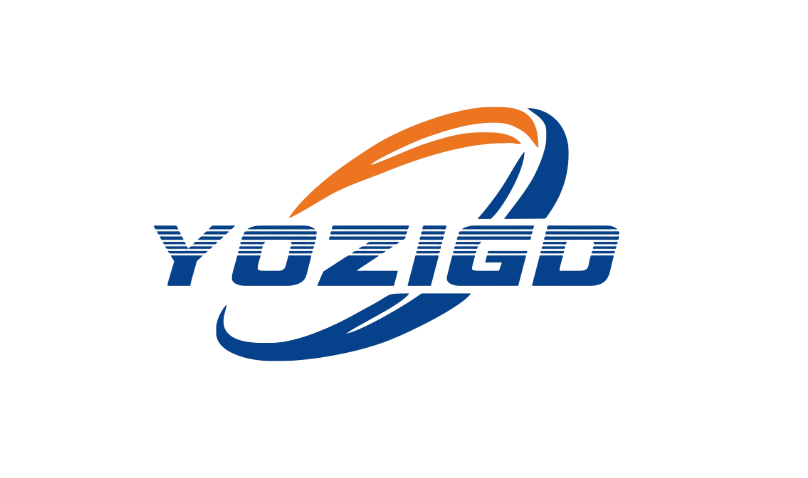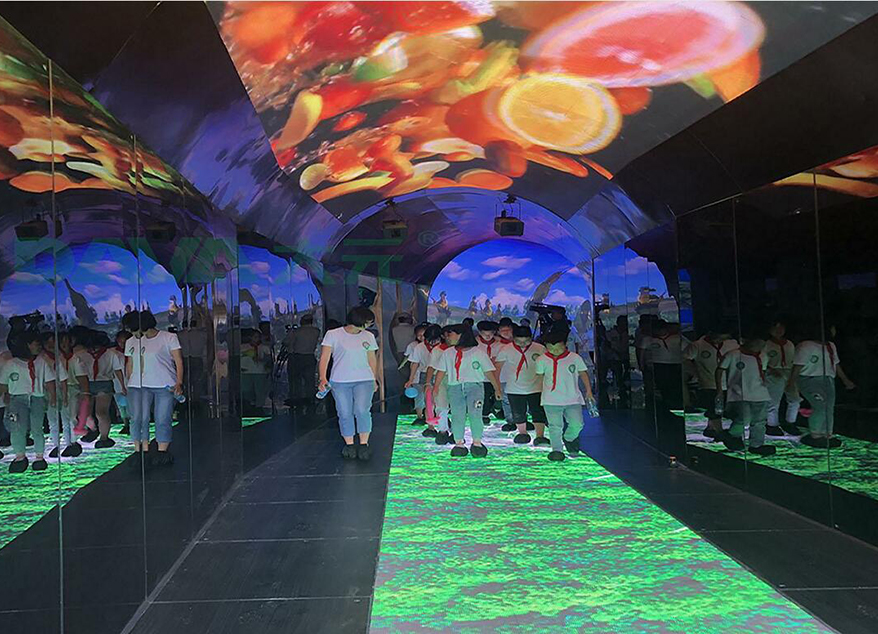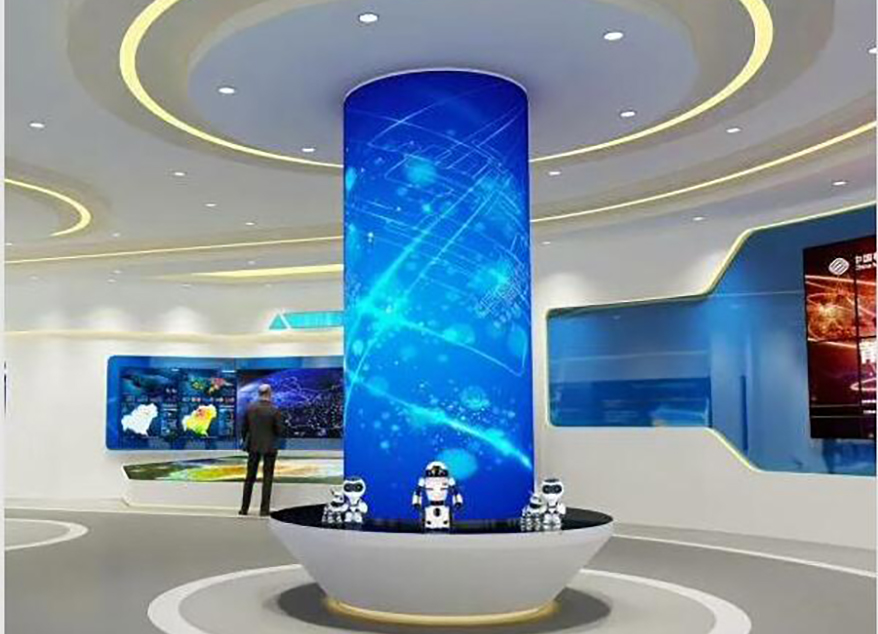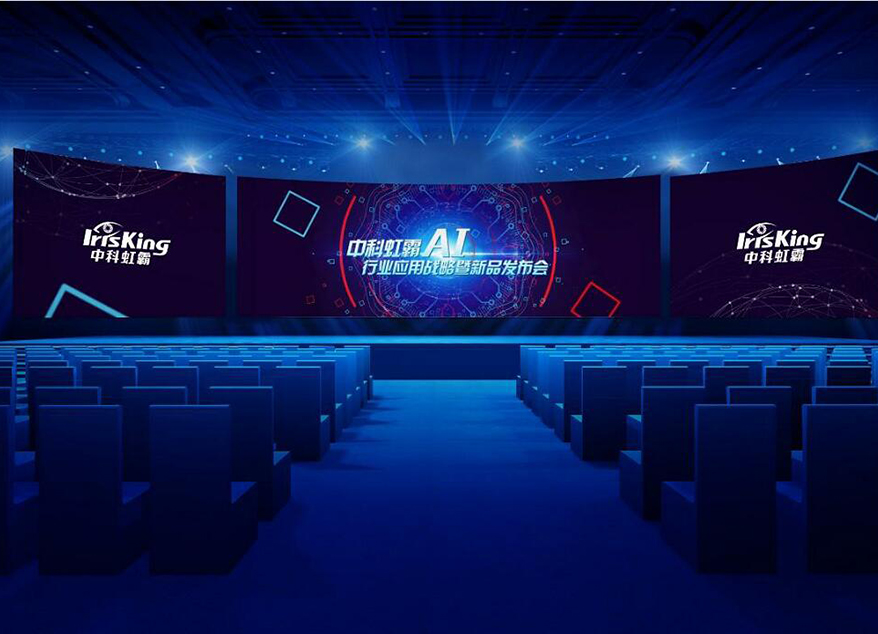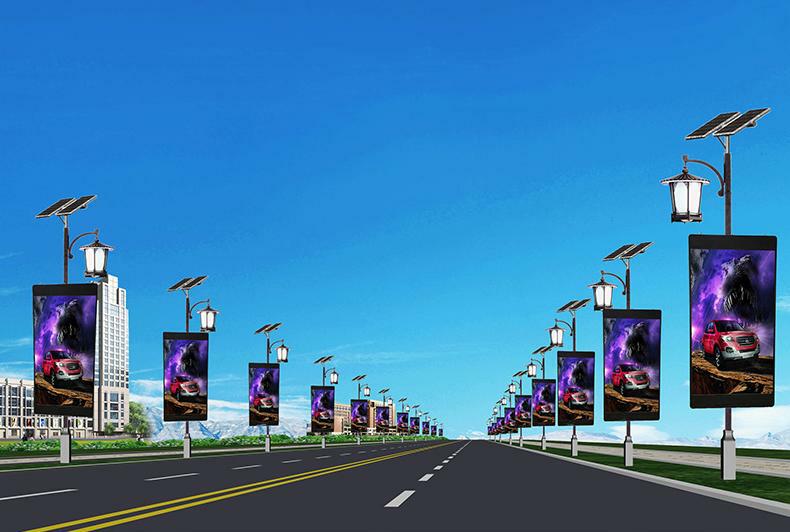Opportunities and challenges for Apple's micro LED layout
The market expects that organic light-emitting diode (OLED) panels will replace liquid crystals and become the mainstream products of smart phone panels. Driven by Apple, the competition in the OLED market is becoming more intense. At the same time, the industry is also paying close attention to the new generation of display technology "Micro LED" deployed by Apple, which is expected to surpass OLED to overturn the current display technology situation and expand higher-level technology applications.
Acquired LuxVue Technology and launched a patented technology layout
Micro LED display technology has been developed for many years, until after Apple acquired LuxVue Technology, a US MicroLED display technology company, it attracted eager attention from the market. LuxVue was established in 2009 to develop low-power Micro LED display technology for consumer electronics, and has raised $43 million in funding through three rounds of financing. KPCB, a well-known venture capital company in Silicon Valley, is one of its investors. The company’s partner John Doerr once said that LuxVue’s display technology is a breakthrough; and Taiwan’s panel manufacturer AUO, IC design company MediaTek and Himax have all Holds LuxVue shares, and later disposes of shares due to LuxVue's acquisition by Apple. Apple took a fancy to the Micro LED technology owned by LuxVue. In May 2014, it confirmed the acquisition of LuxVue and obtained a number of MicroLED patented technologies. Since then, it has continued to deploy related technology patents. By integrating LuxVue technology, Apple is expected to increase screen brightness for its wearable devices, mobile phones and other products, reduce battery energy consumption, extend battery life, and expand innovative possibilities for hardware devices.
However, Apple has been very low-key about the acquisition of LuxVue. In addition to refusing to disclose the relevant details, it also responded with consistent official statements, stating that Apple acquires small startups from time to time and usually does not explain the purpose or plan of the acquisition. At the end of 2015, media sources pointed out that Apple set up a laboratory in Taiwan's Longtan Science Park to develop MicroLED display technology, trying to seize the dominance of a new generation of displays in order to reduce its dependence on Japanese and Korean panel makers. However, the news seems to have become an "unspeakable secret" in the industry, and it has not yet been confirmed.
Micro LED display technology has advantages, integrating sensors to expand applications Micro LED is a miniaturized LED array structure with self-luminous display characteristics. Each pixel (pixel) can be addressed and driven individually to emit light. The advantages include high brightness, low power consumption, small size, ultra-high resolution and color saturation. Degree and so on. Compared with the OLED technology, which is also a self-luminous display, Micro LED not only has higher efficiency and longer life, the material is not easily affected by the environment and is relatively stable, but also can avoid the phenomenon of image retention, but its softness and flexibility are inferior to OLED.
Some wearable display devices on the market have low brightness, which affects the definition. The efficiency must be improved to improve. However, the original low efficiency OLED will increase the power consumption. MicroLED can have the brightness ten times higher than OLED under the same power consumption. Times more. Dr. Fang Yanxiang, Manager of the Micro Assembly System Department of the Institute of Electro-Optics of the Industrial Technology Research Institute, said that based on relevant theories and after actual testing, the Industrial Research Institute believes that Micro LED is more suitable for wearable products than OLED. When the former technology matures, the price will be relatively more competitive. force. The relationship between wearable devices and the Internet of Things (IoT) is inseparable. In order to cope with future developments, wearable devices will inevitably integrate more sensors and require greater space. Fang Yanxiang pointed out that in order to improve the efficiency of OLED, the R, G, and B sub-pixels must be closely arranged, and the sensors that can be placed in the narrower pitch are limited; the pitch of the Micro LED is enough to integrate multiple sensors to maintain wearable devices Lightweight and power saving.

Fang Yanxiang believes that Micro LED technology not only can be used for display, but also takes the integration of multiple sensors as the development direction. It will play a key role in wearable devices, smart phones and other applications. The Industrial Technology Research Institute calls it "micro assembly" ( Micro assembly) technology, it is expected that the relevant industry chain will be built in Taiwan within five years at the earliest. High barriers to technological development, affecting the development of the industrial chain .
At present, not only Apple is actively developing Micro LED technology, but also the United States Texas Tech University (Texas Tech University), the French Atomic Energy Agency Electronics and Information Technology Laboratory (CEA-Leti), and the University of Strathclyde in the United Kingdom (University of Strathclyde) split Companies such as mLED, and Taiwan's semiconductor start-up company Chuchuang Technology is one of them. It has also cooperated with the Industrial Technology Research Institute to develop technologies and products. It has also published the PixeLED patent display technology recently. The next development is exciting.
MicroLED technology and related industry chains are expected to accelerate development under the lead of Apple. In the future, it is expected to be applied in smart wearable devices, head-mounted displays (HMD), head-up displays (HUD), and digital Digital signage (Digital Signage), TV, etc. are highly promising for their development potential. However, there are still many technical thresholds to be overcome. It may take several years for the technology to mature. In the future, how Apple will use MicroLED display technology and which applications will be developed will affect the development of the industry. As for whether the relevant technology will be What the industry says has become an industry savior, which is worthy of continuous follow-up and observation.
